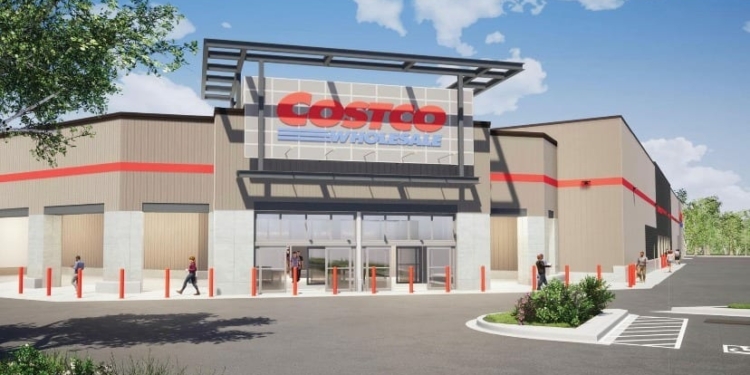GUILDERLAND — Opponents to the proposed Costco neighboring Crossgates Mall are running out of options.
The state Appellate Division’s Third Department ruled unanimously in favor of the Guilderland Planning Board on Thursday, July 8, overturning a November 2020 court decision that criticized the board’s assessment of the plan.
According to the court’s summary statement, the five-judge panel said the board’s “hard look” of the proposed plan was evident as it reviewed environmental impact required under state Environmental Quality Review Act.
Pyramid Management Group had set plans in motion for a 160,000-square-foot Costco retail store and an accompanying 222-unit apartment complex spread over five buildings along Rapp Road. The plans had garnered support from both The Capital Region and Guilderland chamber of commerce who welcomed additional business to the area.
Those plans, however, were thwarted after a group of residents successfully sued in state Supreme Court. Last November, Judge Peter Lynch ruled in favor four residents and fuel distributor Red-Kap Sales Inc.
Opponents to Pyramid’s proposal said the mixed-use property would bring increased traffic, threatening the nearby Albany Pine Bush Preserve and Rapp Road Historic District. The origins of the Rapp Road Historic District traces back to the early 1930s, during the Great Migration to escape racial segregation backed by Jim Crow laws of the South.
The state Supreme Court had criticized Pyramid for first hiding plans to build a Costco, and found problems with the town’s Planning Board’s assessment of the project under the state Environmental Quality Review Act. Last week’s ruling overturned that decision.
“Examining the project as a whole, a comparison between what was proposed at the start of the two-year SEQRA process and the planning board’s mandates in the August 2020 findings statement demonstrates that the planning board’s review was proper and thorough and that the mitigation measures that [the developer] was required to implement were appropriate,” the appellate court stated in its summary.
The appellate court noted several measures in which the planning board required changes to the proposed site plan, including the addition of a roundabout at the Interstate 87 entrance, dead-ending Rapp Road to divert traffic from cutting through the historic district and conveying five lots to the historic association for open space and a cultural center.
The court’s ruling now clears the way for Pyramid to go ahead with the proposal, barring an appeal to the state’s highest court, the state Court of Appeals.
In March, Pyramid broke ground on a similar project in Kingston, Massachusetts. The 282-unit residential development falls adjacent to the Kingston Collection, a mixed-use complex it owns and manages. When completed, the new residential complex is anticipated to bring market-rate rental housing units to the area, while bringing a flood of foot traffic to its shopping mall.
Pyramid said it plans to replicate the strategy throughout its property portfolio as the popularity of “live/work/play” destinations continues to increase among the U.S. population, and especially within the Millennial and Empty Nester demographics. It follows a similar diversification strategy that brought the addition of hospitality to its Destiny USA flagship property in Syracuse, New York, and Crossgates Mall in Albany.
“The development of a residential complex at our Kingston Collection is really just the beginning of a much broader, portfolio-wide diversification strategy to bring popular, exciting new uses, such as residential, into the mix with our existing assets. We are pleased to be moving forward with other residential projects across our portfolio,” said Stephen J. Congel, CEO of Pyramid Management Group. “Staying ahead of the curve is the key to our success and resilience as a company.”
Data from the International Council of Shopping Centers confirms that retail destinations located near densely-populated residential buildings tend to benefit from higher levels of foot traffic and sales per square foot. Industry analysts also expect that the addition of new residential developments to existing retail destinations such as open-air, enclosed and strip malls will increase over the next few years.



